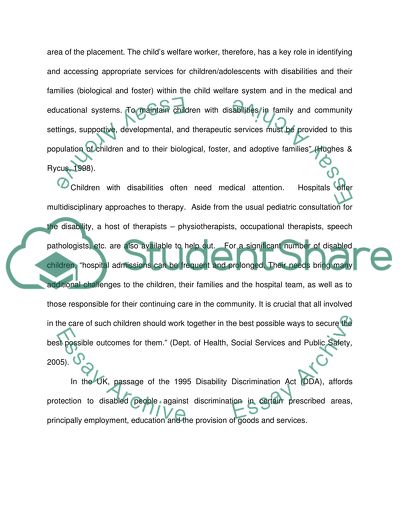Cite this document
(Working Together To Help Children Take Steps Forward Essay, n.d.)
Working Together To Help Children Take Steps Forward Essay. Retrieved from https://studentshare.org/social-science/1543422-compare-and-contrast-the-support-services-for-young-people-in-two-european-countries-nb-at-least-one-country-must-be-outside-the-uk
Working Together To Help Children Take Steps Forward Essay. Retrieved from https://studentshare.org/social-science/1543422-compare-and-contrast-the-support-services-for-young-people-in-two-european-countries-nb-at-least-one-country-must-be-outside-the-uk
(Working Together To Help Children Take Steps Forward Essay)
Working Together To Help Children Take Steps Forward Essay. https://studentshare.org/social-science/1543422-compare-and-contrast-the-support-services-for-young-people-in-two-european-countries-nb-at-least-one-country-must-be-outside-the-uk.
Working Together To Help Children Take Steps Forward Essay. https://studentshare.org/social-science/1543422-compare-and-contrast-the-support-services-for-young-people-in-two-european-countries-nb-at-least-one-country-must-be-outside-the-uk.
“Working Together To Help Children Take Steps Forward Essay”. https://studentshare.org/social-science/1543422-compare-and-contrast-the-support-services-for-young-people-in-two-european-countries-nb-at-least-one-country-must-be-outside-the-uk.


